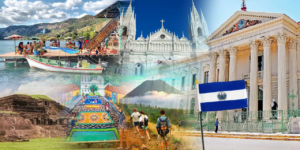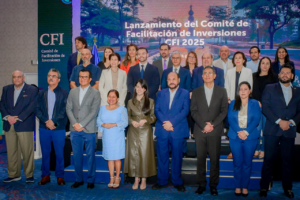Authorities from El Salvador and Guatemala met to coordinate strategies to facilitate the flow of tourists and merchandise between both countries, with the objective of strengthening economic and commercial integration. In particular, the aim is to improve efficiency at border crossings during peak seasons, such as Easter and other holiday periods.
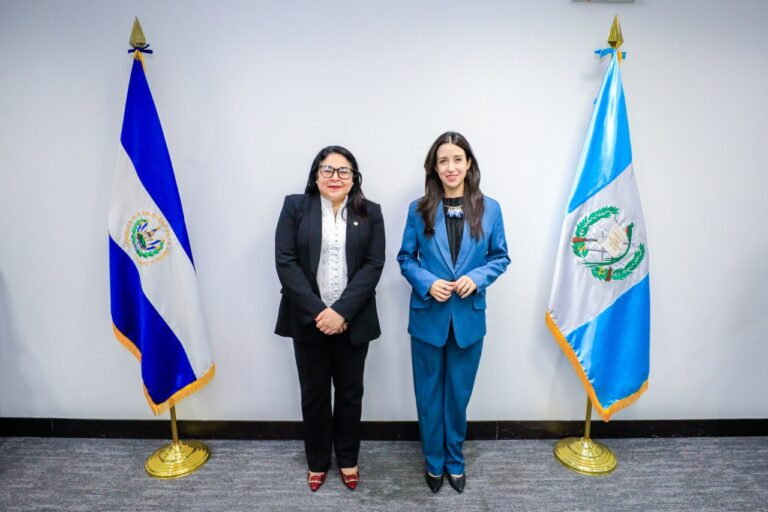
El Salvador’s Vice Minister of Foreign Affairs, together with her Guatemalan counterpart, Mónica Bolaños, stressed the importance of streamlining trade and the mobility of people through practical and sustainable solutions. “A more dynamic, secure and prosperous border crossing is key to the economic integration of our countries”, said the salvadoran official.
During the meeting, initiatives were discussed to improve logistics and infrastructure at checkpoints, which will reduce waiting times and operating costs for businessmen and traders. These actions seek to boost bilateral trade, benefiting small and medium-sized enterprises that depend on the exchange of goods between the two countries.
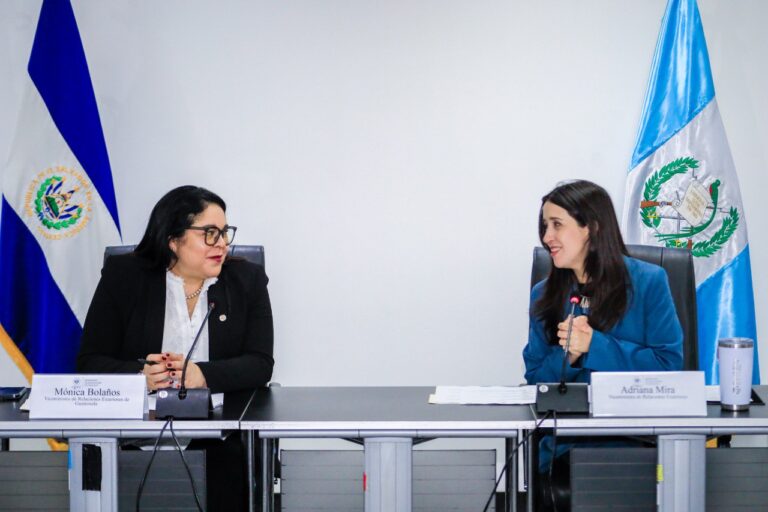
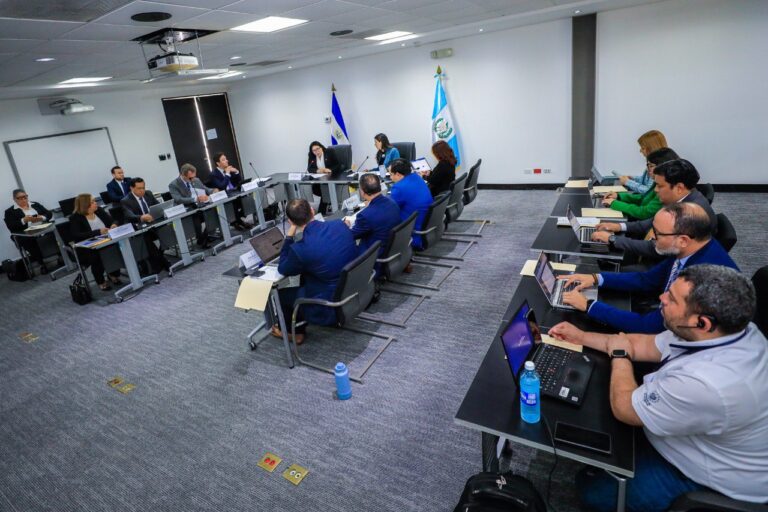
The strengthening of customs operations was also a central point of the meeting, with proposals focused on modernizing control systems and optimizing administrative processes. The streamlining of border procedures not only favors traders, but also encourages investment and growth in the export sector.
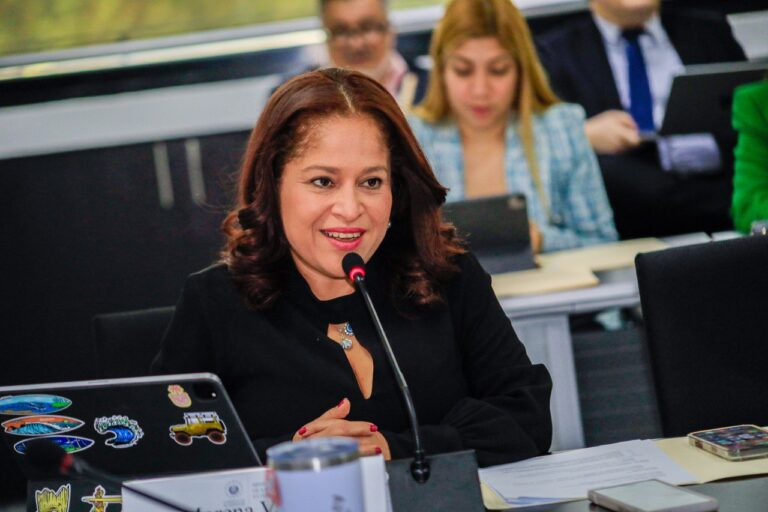
The meeting was attended by key tourism, immigration, and customs authorities, who reaffirmed their commitment to work together to improve the experience of travelers and businesspeople. El Salvador was represented by the Minister of Tourism, Morena Valdez, the Director General of Migration, Ricardo Cucalón, and the Director of Customs, Benjamín Mayorga. Guatemala was represented by the director of the Guatemalan Tourism Institute, Harris Whitbeck, and other immigration and customs authorities.
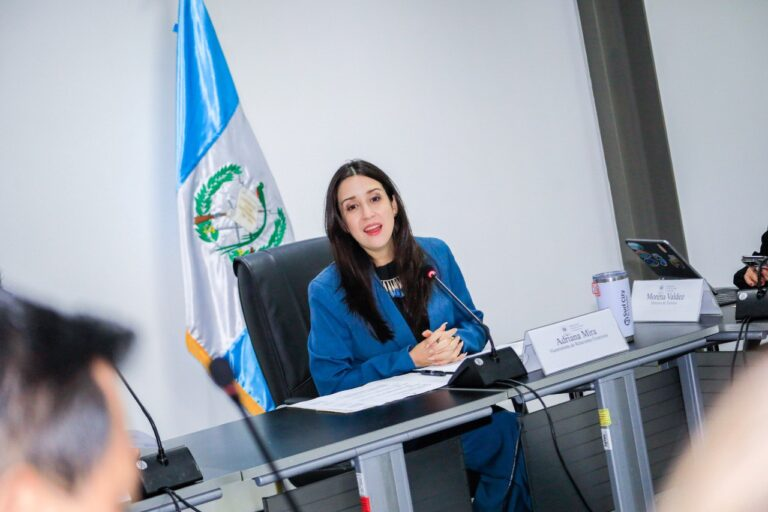
With these agreements, El Salvador and Guatemala consolidate their role as strategic partners in the region, supporting more fluid trade and more accessible tourism. Cooperation between the two countries not only boosts the economy, but also strengthens Central American integration, promoting sustainable growth in the productive and tourism sectors.
You may also be interested in



